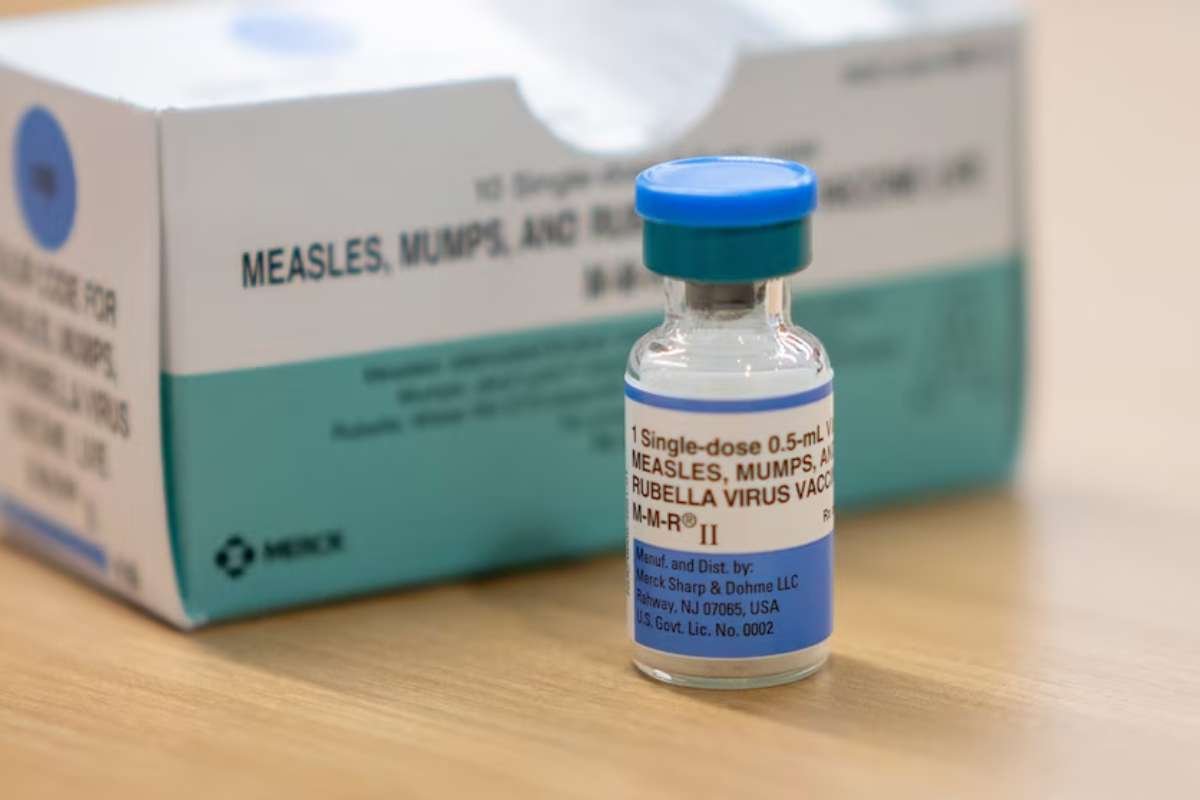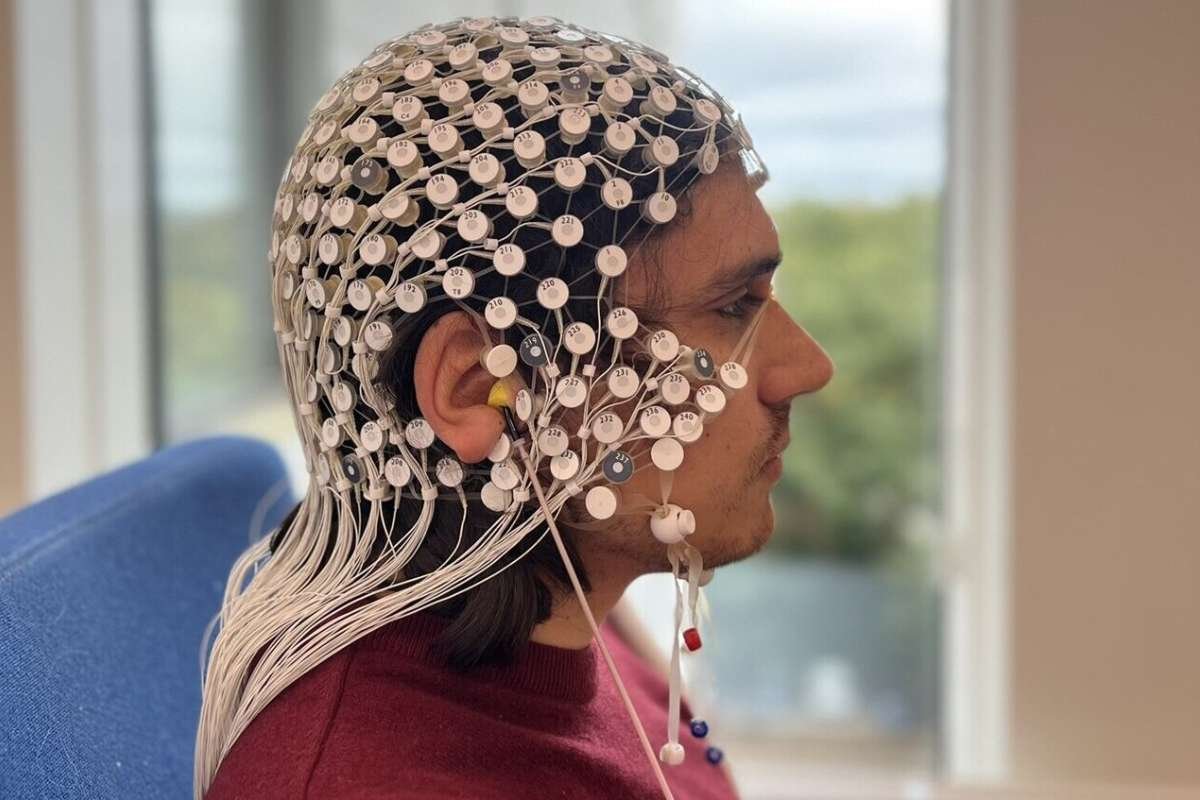Eating Gluten-Free Food is becoming increasingly popular due to the rising incidence of gluten intolerance and celiac disease. Gluten is a protein found in grains such as wheat, barley, and rye. It is responsible for the elasticity and texture of bread and baked goods. However, for people with celiac disease, gluten can trigger an immune response that damages the lining of the small intestine, leading to malabsorption of nutrients and other health problems. In this guide, we will discuss everything you need to know about eating a gluten-free diet, including the benefits, the foods to avoid, and the alternatives.
BENEFITS OF A GLUTEN-FREE DIET
There are several benefits of Eating Gluten-Free Food, including:
1.Improved digestion:

Many people with gluten intolerance experience digestive symptoms such as bloating, gas, and diarrhea. By avoiding gluten, these symptoms can be reduced or eliminated, leading to improved digestion and overall health.
2.Reduced inflammation:
Eating Gluten-Free Food can trigger an inflammatory response in some people, which can contribute to a range of health problems, including autoimmune diseases, arthritis, and heart disease. Avoiding gluten can reduce inflammation, leading to improved health and well-being.
3.Improved energy levels:
For people with celiac disease, eating gluten can lead to malabsorption of nutrients, which can cause fatigue and low energy levels. By following a gluten-free diet, nutrient absorption can be improved, leading to improved energy levels.
4.Weight loss:
Many gluten-containing foods are high in calories and low in nutrients, which can contribute to weight gain. By following a gluten-free diet, people can reduce their calorie intake and increase their nutrient intake, leading to weight loss.
FOODS TO AVOID ON A GLUTEN-FREE DIET
The following foods should be avoided While Eating Gluten-Free Food:
1.Wheat:
All forms of wheat, including durum, semolina, spelt, and kamut, should be avoided.
2.Barley:
Barley and barley products such as malt should be avoided.
3.Rye:
Rye and rye products should be avoided.
4.Triticale:
Triticale is a hybrid of wheat and rye and should be avoided.
5.Some oats:
Eating Gluten-Free Food includes, gluten-free oats, they are often processed in facilities that also process wheat, barley, and rye, leading to cross-contamination. To be safe, people with celiac disease should only consume oats that are specifically labelled as gluten-free.
6.Processed foods:

Many processed foods contain gluten, including bread, pasta, cereals, and baked goods. It is important to read food labels carefully to determine if a product contains gluten. This should be avoid while Eating Gluten-Free Food.
7.Beer:
Beer is made from barley and should be avoided.
8.Soy sauce:
Soy sauce contains wheat and should be avoided. However, there are gluten-free alternatives available.
GLUTEN-FREE ALTERNATIVES
Fortunately, many alternatives for Eating Gluten-Free Food available can be used in place of gluten-containing foods. Some of these alternatives include:
1.Gluten-free grains:
Gluten-free grains such as rice, quinoa, millet, and buckwheat can be used in place of wheat, barley, and rye.
2.Gluten-free flours:
There are many gluten-free flours available, including almond flour, coconut flour, and chickpea flour, that can be used in place of wheat flour.
3.Gluten-free bread:
There are many gluten-free bread options available, including bread made from gluten-free grains such as rice or quinoa, as well as bread made from gluten-free flours.
4.Gluten-free pasta:
Gluten-free pasta is widely available and can be made from a variety of gluten-free grains, including rice, quinoa, and corn.
5.Gluten-free baked goods:
Many gluten-free baked goods are available, including cookies, cakes, and muffins, that are made with gluten-free flours and grains.
6.Vegetables and fruits:
Vegetables and fruits are naturally gluten-free and should be included in a gluten-free diet.
7.Meat and poultry:
Meat and poultry are naturally gluten-free and should be included in a gluten-free diet.
8.Fish and seafood:
Fish and seafood are naturally gluten-free and should be included in a gluten-free diet.
Tips For Eating Gluten-Free Food:
1.Read food labels carefully:
When shopping for food, it is important to read food labels carefully to determine if a product contains gluten.
2.Cook at home:

Cooking at home can help ensure that your food is gluten-free. By cooking at home, you can control the ingredients and avoid cross-contamination.
3. Plan ahead:
Planning ahead can help you stay on track with your gluten-free diet. Make a meal plan for the week and stock up on gluten-free foods.
4. Be prepared when eating out:
When eating out, it is important to ask the server if there are gluten-free options available. Some restaurants have a separate gluten-free menu or can modify dishes to make them gluten-free.
5. Be aware of cross-contamination:
Cross-contamination can occur when gluten-free foods come into contact with gluten-containing foods. It is important to be aware of this and take steps to prevent it, such as using separate utensils and cookware.
6. Talk to a dietitian:
A dietitian can help you develop a gluten-free meal plan and provide guidance on how to ensure that you are getting all of the nutrients you need.
BOTTOM LINE
Eating a gluten-free diet can be challenging at first, but with the right information and resources, it can be a healthy and enjoyable way of eating. By avoiding gluten and incorporating gluten-free alternatives, people with celiac disease and gluten intolerance can improve their digestion, reduce inflammation, and improve their overall health and well-being. By following the tips outlined in this guide, you can successfully navigate a gluten-free diet and enjoy delicious, nutritious meals.






.jpg)
